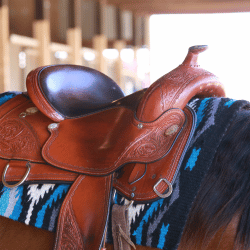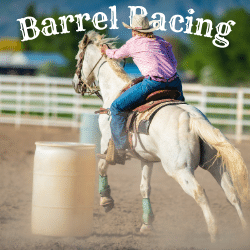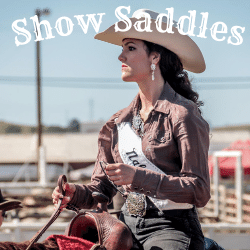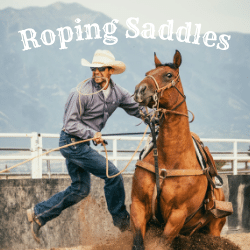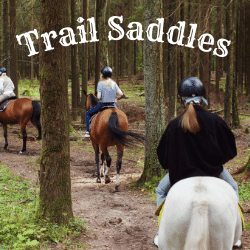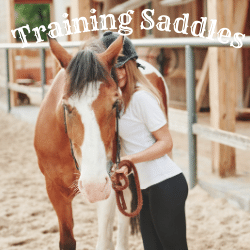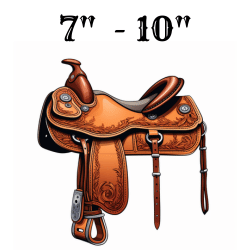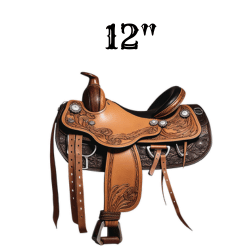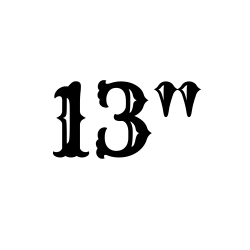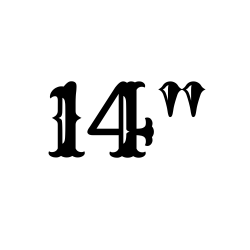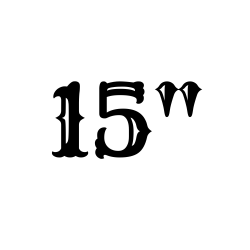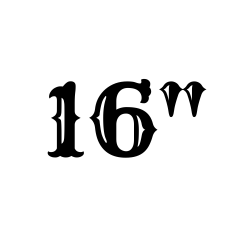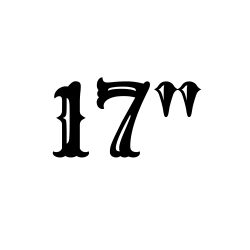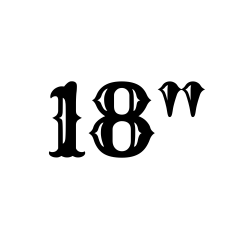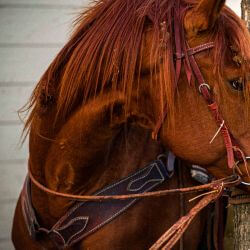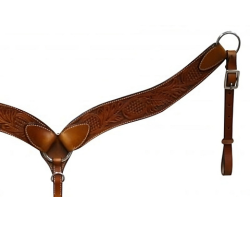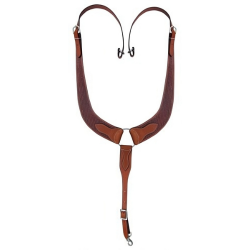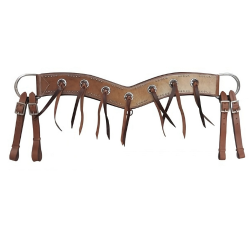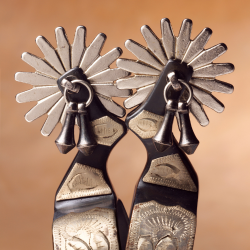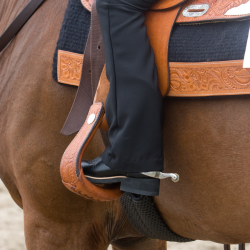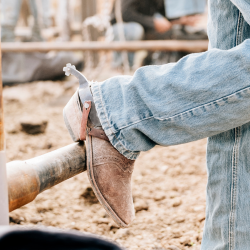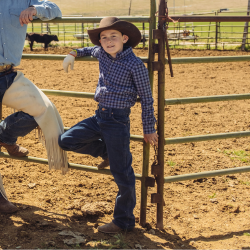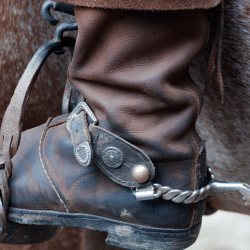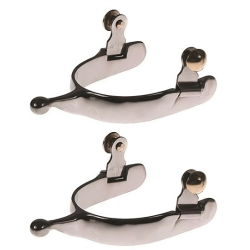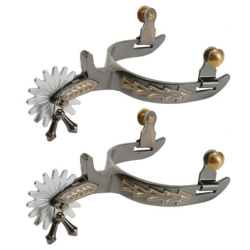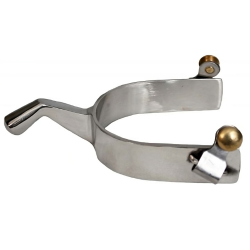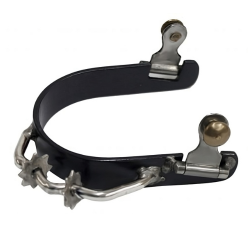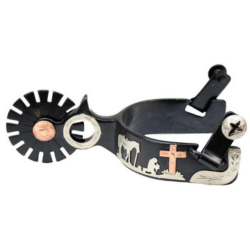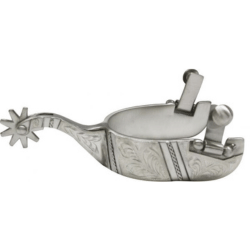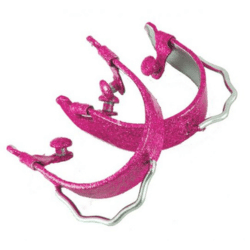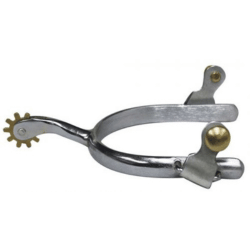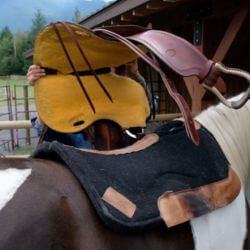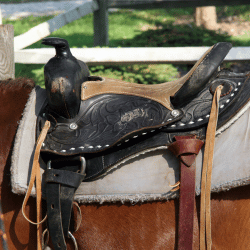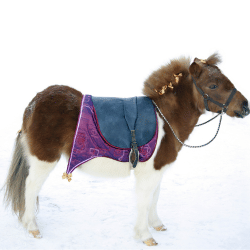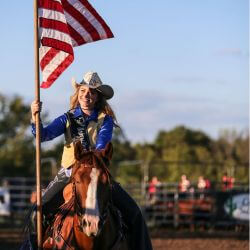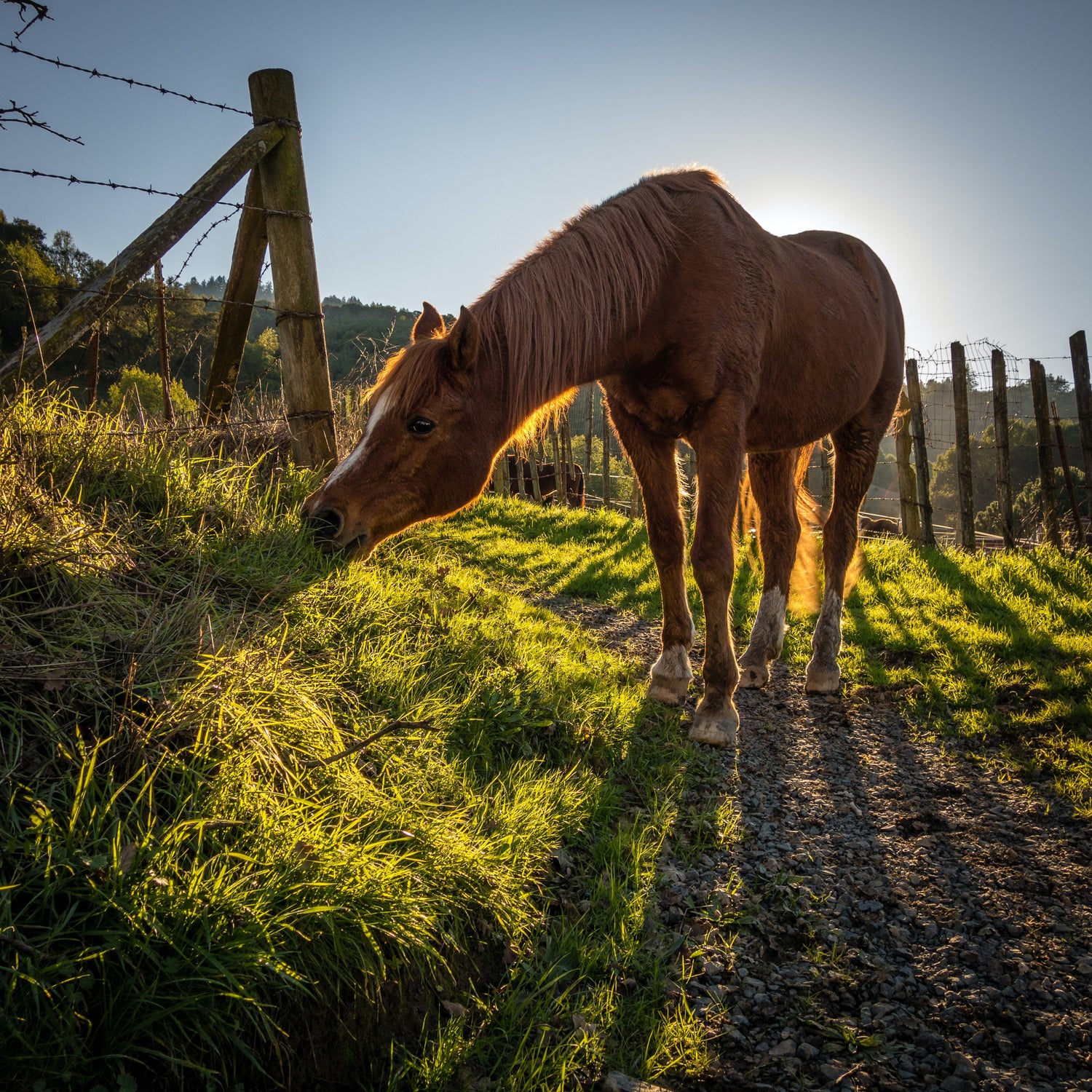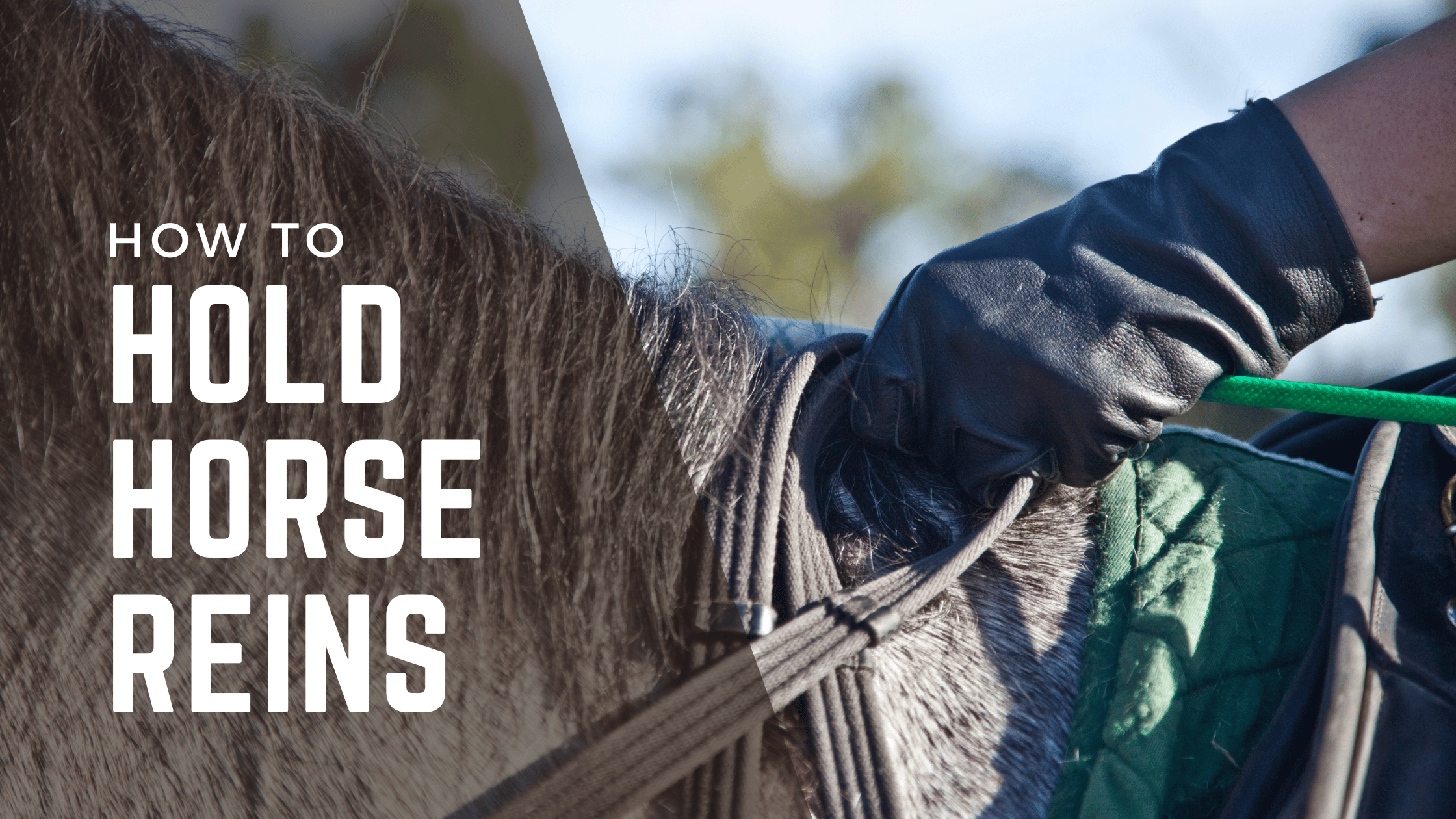Horse riding is an art that requires skill, control, and communication between rider and horse. One of the fundamental tools used in horse riding is the reins. But have you ever wondered how horse reins actually work? Understanding the mechanics and purpose of horse reins is essential for any rider, whether you're a beginner or an experienced equestrian. In this blog post, we will delve into the world of horse reins, exploring their different types, how to hold and use them effectively, how they communicate with the horse, and how to properly care for them. So, let's saddle up and discover the intricacies of horse reins and their vital role in horse riding!
Understanding the Basics: The Role of Reins in Horse Riding
Reins are an essential part of horse riding equipment, serving as a means of communication and control between the rider and the horse. They are essentially long straps or lines that are attached to the bit in the horse's mouth. The rider holds the reins and uses subtle movements and tension to guide and direct the horse's movements.
The primary purpose of the reins is to convey signals and commands from the rider to the horse. Through the pressure and release applied to the reins, riders can communicate their intentions to the horse, whether it is to turn, stop, slow down, or speed up. The reins act as a direct line of communication between the rider's hands and the horse's mouth, allowing for precise control and coordination.
In addition to communication, the reins also provide a physical connection between the rider and the horse. They offer stability and balance, helping the rider maintain a secure position in the saddle. By maintaining a consistent contact with the horse's mouth through the reins, riders can establish a connection and establish trust with their equine partner.
It is important to note that the reins should never be used as a tool for punishment or harsh control. They should be used with sensitivity and finesse, respecting the horse's natural movement and responses. Effective rein management requires an understanding of the horse's anatomy, behavior, and training, as well as the rider's own body position and aids.
Now that we have explored the fundamental role of reins in horse riding, let's delve into the different types of horse reins and how they vary in their design and usage.
Different Types of Horse Reins
When it comes to horse reins, there are various types available, each with its own unique design and purpose. Understanding the different types of horse reins can help riders choose the most suitable option for their riding style and preferences. Let's explore some of the common types of horse reins:
Split Reins
Split reins are perhaps the most traditional and widely used type of reins. As the name suggests, they consist of two separate reins that are not connected to each other. Each rein is held independently in each hand by the rider. Split reins are commonly made from leather or synthetic materials and come in different lengths and widths.
One of the advantages of split reins is their versatility. They allow riders to have precise control over each rein, making it easier to communicate with the horse. Split reins are commonly used in Western riding disciplines, such as reining and western pleasure.
Romal Reins
Romal reins are a variation of split reins commonly used in Western riding, particularly in disciplines such as Western Pleasure and Western Horsemanship. These reins consist of a single rein that is attached to a romal, which is a long braided or leather-covered piece. The romal acts as an extension of the rein and is usually held in one hand, while the other hand holds the excess length of the rein.
Romal reins provide a more refined and elegant look in the show ring, and they offer a direct and clear signal to the horse. They require a certain level of skill and coordination to handle effectively.
Loop or Closed Reins
Loop or closed reins are a type of reins that form a continuous loop or circle. They are commonly used in English riding disciplines, such as dressage and hunter/jumper. Loop reins are typically made from leather or synthetic materials and can vary in thickness and length.
The loop reins are held as a single rein in both hands, with the excess length forming a loop. This style of reins provides a consistent and secure grip for the rider. Loop reins are popular for their simplicity and ease of use, making them suitable for riders of all skill levels.
Draw Reins and Side Reins
Draw reins and side reins are specialized types of reins used primarily for training purposes.
Draw reins are typically used to help encourage the horse to flex at the poll and maintain a rounded frame. They are attached to the bit or the girth and run through the bit rings, then back to the rider's hands. Draw reins put pressure on the horse's mouth when the rider pulls on them, encouraging the horse to lower its head and engage its hindquarters. However, they should be used with caution and under the guidance of an experienced trainer, as incorrect use can result in excessive pressure or incorrect head carriage.
Side reins are used to encourage the horse to maintain a consistent contact with the bit and develop self-carriage. They are attached to the bit on each side and run to the girth or surcingle. Side reins help the horse understand and accept the contact with the rider's hands, promoting balance and suppleness. Like draw reins, side reins should be used with proper knowledge and care to prevent discomfort or confusion for the horse.
Understanding the different types of horse reins allows riders to choose the most suitable option based on their riding discipline, training goals, and personal preferences. In the next section, we will explore how to hold and effectively use horse reins for optimal communication with the horse.
How to Hold and Use Horse Reins
Properly holding and using horse reins is crucial for effective communication and control while riding. The way you hold the reins and the subtle movements you make can convey specific signals to your horse. In this section, we will explore the correct grip, hand position, and techniques for using horse reins.
Proper Grip and Hand Position
To begin, it's important to establish a secure and comfortable grip on the reins. Here are a few common grip techniques:
-
English Riding: In English riding, riders commonly use the "direct contact" or "closed hand" grip. Place the reins between your pinky and ring finger, then loop them over your index finger and out through the palm of your hand. Close your fingers around the reins, creating a firm but relaxed grip. Your thumbs should point up towards the horse's ears.
-
Western Riding: In Western riding, riders often use the "split hand" or "western grip." Hold one rein in each hand, allowing them to rest on the palm of your hand. Keep your fingers relaxed and gently closed around the reins. Your thumbs should be positioned on top of the reins, pointing towards the horse's ears.
Regardless of the grip style, it's important to maintain a soft and flexible wrist. Avoid gripping the reins too tightly, as this can create tension and hinder communication with the horse.
Communicating Through Reins
Once you have established the correct grip, it's time to learn how to effectively communicate with your horse through the reins. Here are some key techniques:
-
Direct Rein: The direct rein aids are used to guide the horse's head and neck in the desired direction. To apply a direct rein aid for turning left, for example, gently and subtly pull the left rein towards your hip, while maintaining a light and even contact with the right rein. The opposite applies when turning right.
-
Indirect Rein: Indirect rein aids are used to ask the horse to move its shoulders or hindquarters. To ask the horse to move its shoulders to the left, for instance, use a slight opening of the left rein away from the horse's neck while maintaining contact with the right rein.
-
Half Halt: The half halt is a versatile and important aid used to rebalance and engage the horse. It involves a momentary increase in rein contact and a slight squeeze with your seat and leg aids. The half halt helps the horse prepare for transitions, turns, or changes in gait.
It's important to remember that rein aids should be applied with subtlety and finesse. Excessive or abrupt movements can confuse or startle the horse, leading to a breakdown in communication.
Adjusting Reins for Control and Comfort
Proper adjustment of reins is essential for both control and the horse's comfort. Here are a few key points to consider:
-
Length: The length of the reins should be adjusted to allow for a light and even contact with the horse's mouth. If the reins are too loose, you may lack control, while overly tight reins can cause discomfort and restrict the horse's movement.
-
Evenness: Ensure that both reins are of equal length to maintain symmetry and balance in your contact with the horse.
-
Contact: Maintain a consistent and elastic contact with the horse's mouth. The horse should feel a gentle, even pressure on the bit without excessive pulling or constant tension.
Remember to regularly check and adjust your reins as needed throughout your ride to maintain optimal control and comfort.
In the next section, we will explore how horse reins communicate with the horse and the different techniques used for effective communication.
How Reins Communicate with the Horse
Horse reins serve as a vital means of communication between the rider and the horse. Through the reins, riders can convey their intentions and guide the horse's movements. In this section, we will explore how horse reins communicate with the horse and the various techniques used for effective communication.
Understanding Horse's Sensitivity to Reins
Horses are highly sensitive creatures, and they can feel even the slightest movements and pressure on the reins. The horse's mouth is a sensitive area, and the reins act as a direct line of communication between the rider's hands and the horse's mouth. It is essential to have a light and sensitive touch when using the reins to avoid discomfort or confusion for the horse.
Direct Reining vs Neck Reining
There are two primary techniques of rein communication: direct reining and neck reining.
-
Direct Reining: Direct reining is commonly used in English riding disciplines. In this technique, the rider uses the reins individually to apply pressure and guide the horse's head and neck in the desired direction. By applying pressure to one rein, the rider signals the horse to turn or change direction.
-
Neck Reining: Neck reining is prevalent in Western riding. In this technique, the rider uses the reins on one side of the horse's neck, applying pressure against the horse's neck to signal the desired direction. The horse is trained to respond to the neck rein aid, allowing for one-handed control and freeing the other hand for different tasks.
Both direct reining and neck reining require clear and precise aids from the rider to effectively communicate with the horse.
Signals and Commands Using Reins
In addition to direct reining and neck reining, riders use various rein signals and commands to communicate with their horses. These signals can include:
-
Turning: To signal a turn, riders apply pressure to the rein on the side they want the horse to turn. For example, to turn left, the rider would apply pressure to the left rein while maintaining light contact with the right rein.
-
Stopping: To signal the horse to stop, riders apply a steady and even pressure on both reins, using their seat and voice aids to reinforce the command.
-
Speed Control: Riders can use rein aids to communicate desired speed changes. To slow down, they can apply gentle backward pressure on the reins, while a light and even contact can encourage the horse to maintain its current speed.
It is important to note that rein aids should be used in conjunction with other aids, such as seat and leg aids, for clear and effective communication with the horse.
Understanding how horse reins communicate with the horse is essential for riders to establish a harmonious partnership and achieve precise control. In the next section, we will discuss the maintenance and care of horse reins to ensure their longevity and functionality.
Maintenance and Care of Horse Reins
Proper maintenance and care of horse reins are essential for their longevity and functionality. Regular cleaning, inspection, and storage practices can help ensure that your reins remain in good condition and continue to serve their purpose effectively. In this section, we will explore the maintenance and care guidelines for horse reins.
Cleaning Your Horse Reins
Regular cleaning of horse reins is crucial to remove dirt, sweat, and debris that can accumulate during rides. Here are some steps to follow when cleaning your horse reins:
-
Remove Excess Dirt: Use a soft brush or cloth to gently remove any loose dirt or debris from the reins. Pay attention to the areas where the reins come into contact with the horse's mouth.
-
Wipe with a Damp Cloth: Dampen a cloth with warm water and mild soap or leather cleaner. Wipe down the entire length of the reins, ensuring that the soap is evenly distributed. Be careful not to soak the reins excessively.
-
Rinse and Dry: Rinse the reins thoroughly with clean water to remove any soap residue. Use a dry cloth to remove excess moisture, then hang the reins in a well-ventilated area to air dry. Avoid exposing them to direct sunlight or heat sources, as this can cause the leather to dry out and crack.
Checking for Wear and Tear
Regularly inspecting your horse reins for signs of wear and tear is essential for maintaining their safety and functionality. Here are some key areas to check:
-
Stitching: Examine the stitching on the reins. Look for loose threads, fraying, or any signs of significant wear. If you notice any issues, consider having the reins professionally repaired or replaced.
-
Hardware: Check the hardware, such as buckles or snaps, for any signs of rust, damage, or weakness. Ensure that they are securely attached and functioning properly.
-
Leather Condition: Assess the condition of the leather. Look for signs of cracking, dryness, or discoloration. Regularly conditioning the leather can help keep it supple and prevent damage.
If you notice any significant damage or signs of deterioration, it may be necessary to replace the reins to ensure your safety and the horse's comfort.
Proper Storage of Reins
Proper storage of horse reins is crucial to maintain their condition and prevent unnecessary damage. Here are some tips for storing your reins:
-
Clean and Dry: Ensure that your reins are clean and thoroughly dry before storing them. Moisture can cause mold or mildew to develop, which can damage the reins.
-
Avoid Extreme Temperatures: Store your reins in a climate-controlled environment, avoiding extreme temperatures, high humidity, or direct sunlight. Extreme heat or cold can damage the leather and affect its quality.
-
Hang or Coil: Depending on the type of reins, you can hang them on a bridle rack or coil them neatly in a clean and dry storage bag. Avoid folding or crumpling the reins, as this can cause creases or damage.
By following these maintenance and care practices, you can help prolong the lifespan of your horse reins and ensure their functionality and safety during rides.
In conclusion, horse reins play a vital role in horse riding, serving as a means of communication and control between the rider and the horse. Understanding the different types of reins, proper grip and hand position, effective communication techniques, and maintenance guidelines are essential for every rider. By mastering the art of using horse reins, you can enhance your riding experience and develop a harmonious partnership with your equine companion.

